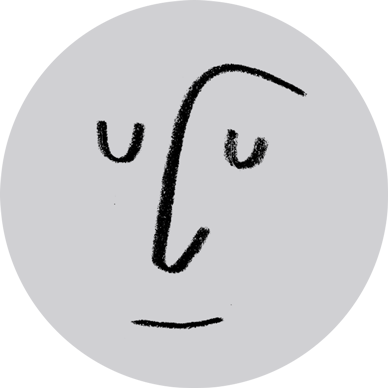
From indie creators to big-time directors: Tips from 3 film pros
Published on January 31, 2018
Justin Lin, Catherine Hardwicke, and Taika Waititi with moderator John Horn For independent filmmakers, getting a chance to direct a big Hollywood movie can be a mixed blessing. Sure, you’ll make more money, get more resources, and work with higher-profile actors. But you’re also likely to wind up with less control and more red tape.
Such was the experience of three directors at the “Power of Story: Indies Go Hollywood”—a Sundance Film Festival panel presented by Dropbox. Here’s how Justin Lin, Catherine Hardwicke, and Taika Waititi adjusted to their new roles—plus their tips for dealing with the challenges that come with success.
See our take on the first “Power of Story” panel: Tell your story, not theirs: The case against conventional wisdom in film.
Fight for your vision
When panelist Justin Lin was making Better Luck Tomorrow (2002), he took out 10 credit cards just to keep production rolling. Desperate for more financial backing, he remembers spending months writing essays to cater to potential investors. It wasn’t until he got a rejection—and responded with an anger-filled rant detailing his true vision—that he finally got the backing he wanted. “I’ve always thought I had to do whatever to get the funding,” Justin said. “When you do that, you see how fast you can compromise. [You have to] be able to say no and fight for your vision.”
It’s a lesson he’s taken to big studio films, a résumé that now includes four “Fast and Furious” films and the recent blockbuster Star Trek: Beyond (2016). Even when studios have opinions, Justin reasons, they still picked him and his vision for a reason. And to him, that vision is just as important in a budget indie as it is in a studio blockbuster.
Get (way more) organized
Any film takes a tremendous amount of organization and collaboration. But the stakes rise much higher for big-budget studio movies. With an independent film, you might have more leeway to experiment, reshoot, and scrap ideas. For big-budget projects, however, a wasted day of filming can mean $500K gone on the second unit alone.
That’s why each panelist said organization was so important once they went from indie filmmaking to Hollywood studios. “I knew I just had that many minutes [to film a scene] and X number of days to shoot, or I blew it,” said panelist Catherine Hardwicke, an archiect turned product deisgner, turned director—her credits range from the indie darling Thirteen (2003) to the worldwide sensation hit Twilight (2008). When she was directing Twilight, Hardwicke recalls cutting a whole action sequence the night before a shoot, just because she knew the crew and cast wouldn’t have time.
You’ve got to “get [the film] in your bones,” she said. “I would always diagram out every little bit and be as prepared as I could.”
Remember to be human
When indie directors get a studio gig, they wind up with far more toys to play with—from exotic locations to elaborate computer graphics. But the panelists agreed that the big-budget fare works best when it maintains an indie’s sense of humanity.
Panelist Taika Waititi said he brings a similar mindset regardless of the type of film. “A dollar budget, a million-dollar budget, it’s just two people trying to remember their lines, in a rectangle…trying to convince you that they like each other.” Taika got his directorial start with a series of award-winning shorts, then got his big break with Eagle vs. Shark, a charming and quirky romantic comedy that premiered at the 2007 Sundance Film Festival. The director went on to head up the studio giant Thor: Ragnarok (2017), which critics praised for its irreverent spirit and human appeal.
Whether you’re a big-time Hollywood filmmaker or just a day-to-day problem solver, the tips from these three directors can likely resonate with what you do.
When they were asked to take their talents to the next level, the directors all emphasized how much more coordinated and collaborative they had to be.
They each underscored how important it was to remain a human being. But perhaps most of all, they never forgot what got them there in the first place. And they used that knowledge on set to be successful again, even in a new environment. See the full panel here. More from the 2018 Sundance Film Festival













.png/_jcr_content/renditions/hero_square%20(1).webp)

.png/_jcr_content/renditions/hero_wide%20(1).webp)



.png/_jcr_content/renditions/hero_square%20(3).webp)
.png/_jcr_content/renditions/blog%20(1).webp)

.png/_jcr_content/renditions/hero%20(1).webp)
.png/_jcr_content/renditions/hero_wide%20(1).webp)















































.png/_jcr_content/renditions/1080x1080%20(1).webp)










.gif)







































































.png)
.png)
.png)
.jpg)
.jpg)












































































































































































































































































































































































